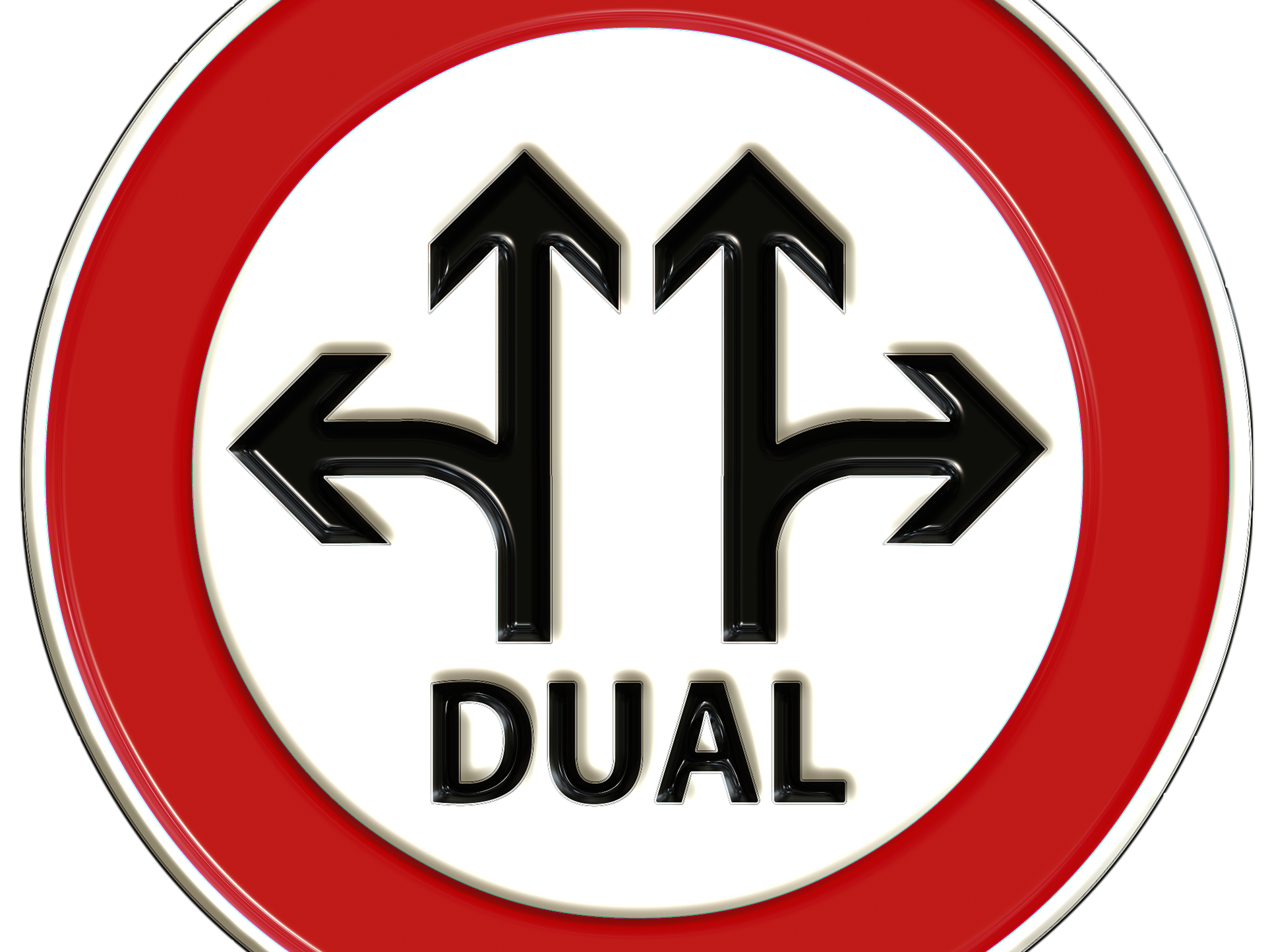
There is a strong demand for dual study programmes in Germany. And yet not all degree programmes labelled “dual” automatically ensure smooth alternation between periods at university and practical phases. A current information brochure issued by the CHE Centre for Higher Education provides advice to prospective students on what they should look out for when choosing a dual study programme.
Around 108,000 students currently take advantage of the possibility to combine academic education and professional practice in a single dual study programme. The advantages of dual study include the students’ ability to earn money while at university and the good prospects they have on the labour market after graduation. Dual Bachelor programmes enable students to complete vocational training and earn an undergraduate degree in the space of a few years. Dual Master’s programmes offer students the opportunity to combine existing employment with a further academic qualification, enhancing their prospects of career progression, for instance.
A growing number of prospective students now consider this combination of theory and practice to be an attractive alternative to traditional apprenticeships or regular university study. As a result, the number of students who learn simultaneously at a higher education institution (HEI) and a company increased more than ten-fold between 2005 and 2018. The number of companies offering dual study in cooperation with HEIs is correspondingly large, namely 51,000 at present.
However, there are a number of rogue courses among the 1,700 or so dual study programmes offered throughout Germany. “Some programmes still use the label ‘dual’, even though the dovetailing of academic and vocational education is not as close as it should be,” reported Sigrun Nickel, Head of Higher Education Research at CHE.
For this reason, it is essential that, before applying for a place on a dual Bachelor programme, students ask whether they will earn ECTS credit points during the training period or practical phase at the company, which will then be recognised as an academic achievement. “If dovetailing via the European Credit Transfer and Accumulation System (ECTS) is not apparent, it is definitely not a dual study programme,” added Lisa Mordhorst, one of the authors of the latest service publication “CHE kurz + kompakt” (CHE short + compact) on the topic of dual study.
According to the experts, another way of recognising a good programme is to watch out for the estimated time to degree completion. For example, a dual Bachelor programme with a standard period of study exceeding six semesters could well be a good sign. In such cases, it is likely that more time is set aside for study and practical phases, meaning that the double burden has already been accounted for in the curriculum.
If a participating company is affected by insolvency due to the impact of the COVID-19 pandemic, for example, different assistance modalities apply to students, depending on the type of dual study programme involved. If the company and the student enter into a training contract, then extraordinary termination is a possibility. However, various measures were introduced in May 2020, including a bonus for companies that take on apprentices from insolvent firms.
In dual study programmes, much depends on what exactly is written in the contract. “In the case of insolvency, HEIs often help students on dual programmes to find a new workplace training provider or, if need be, facilitate an informal change to a regular degree programme,” explained CHE expert Lisa Mordhorst.
About the publication:
In the “CHE kurz + kompakt” series, each six-page edition provides answers to the key questions regarding the issue. The information package, available in pdf format, is rounded off with an annotated list of links and checklists for next steps and further investigation. The publication “CHE kurz + kompakt – Duales Studium” (CHE short + compact – dual study) was written by Lisa Mordhorst and Sigrun Nickel.
